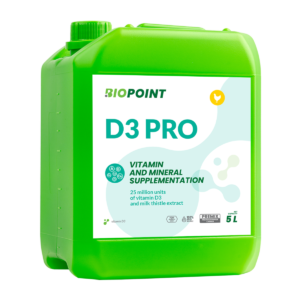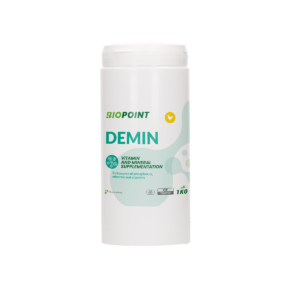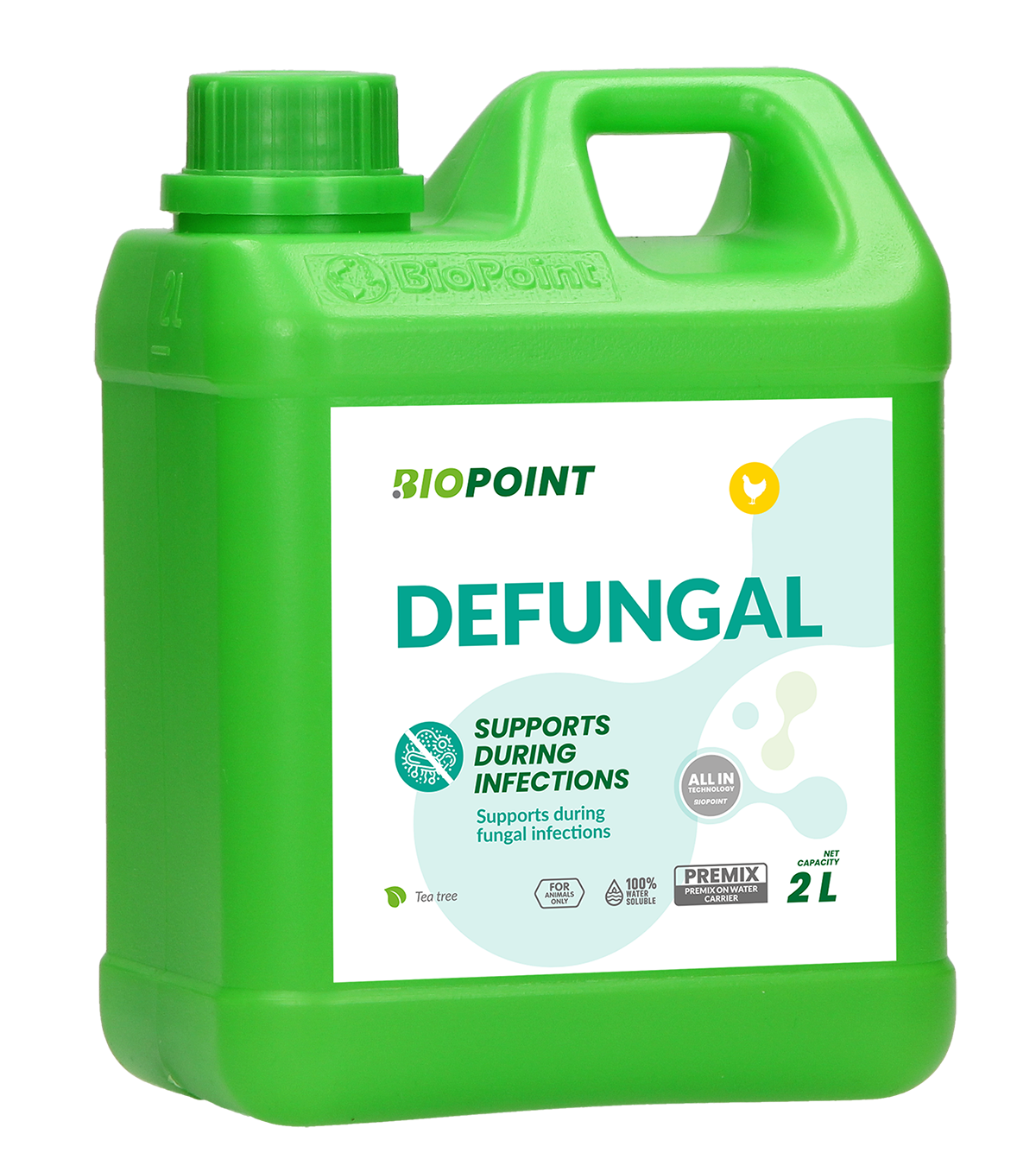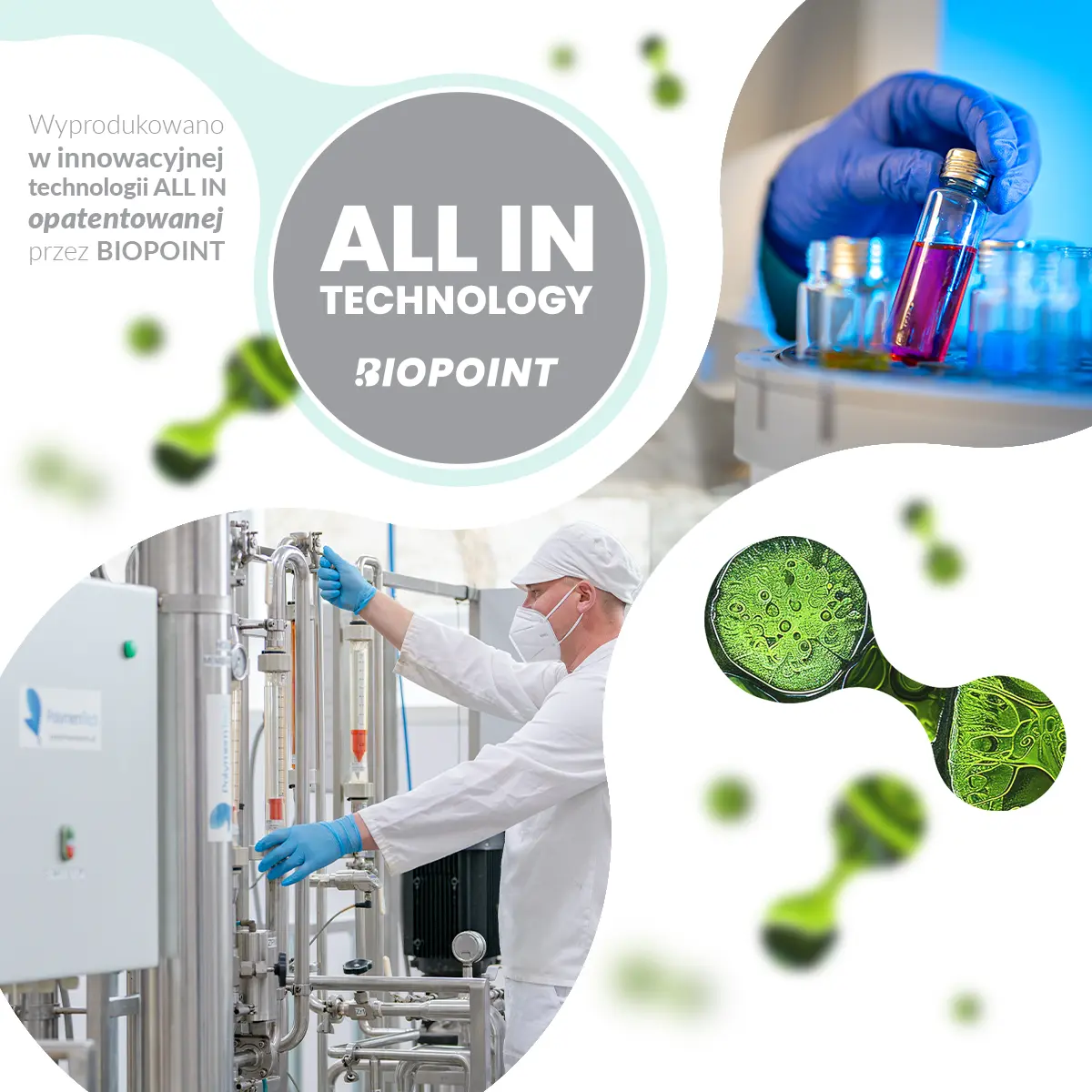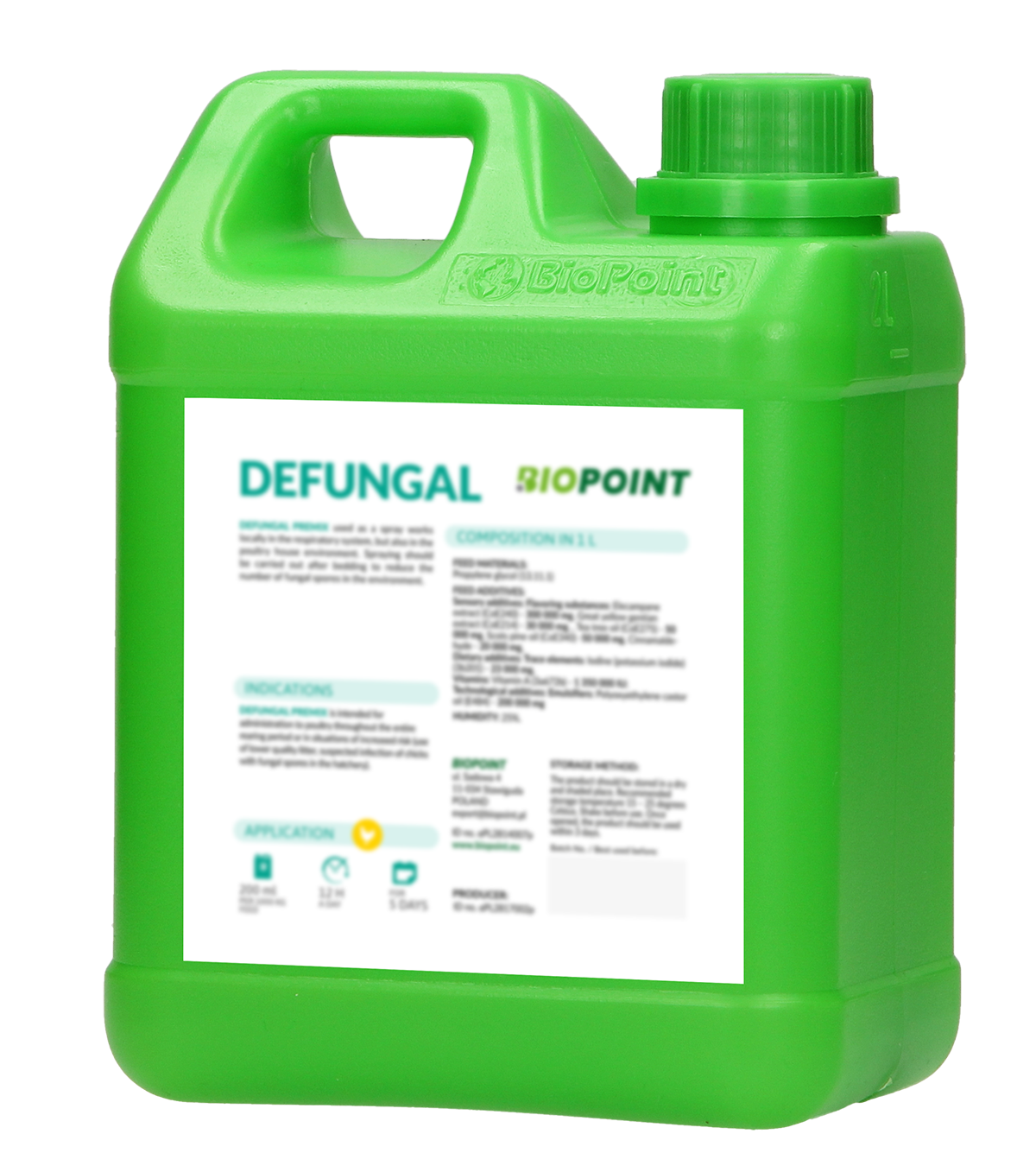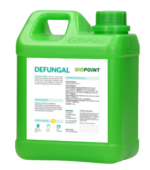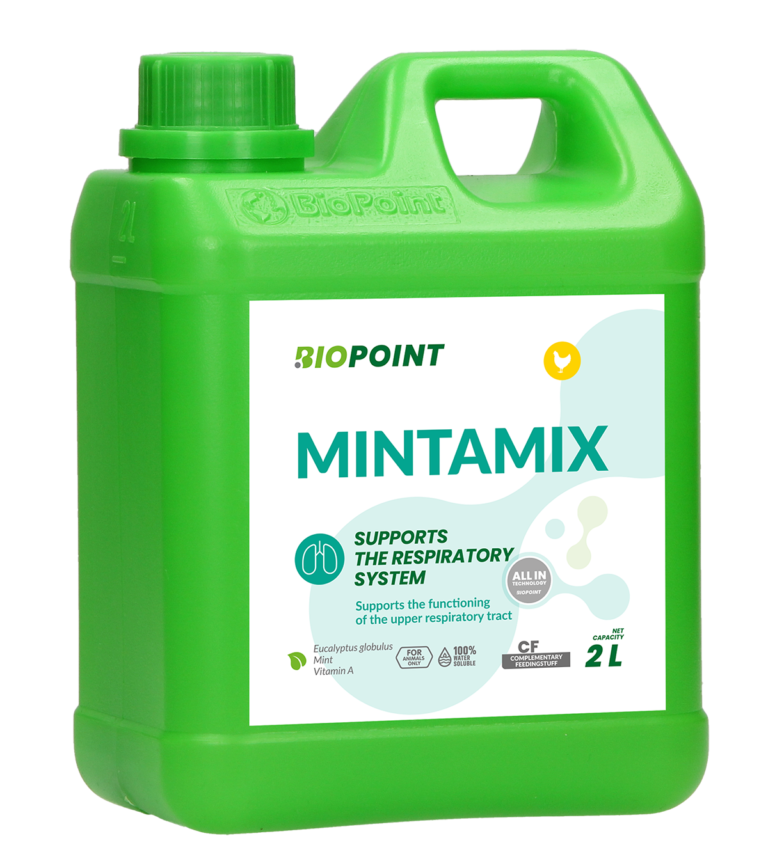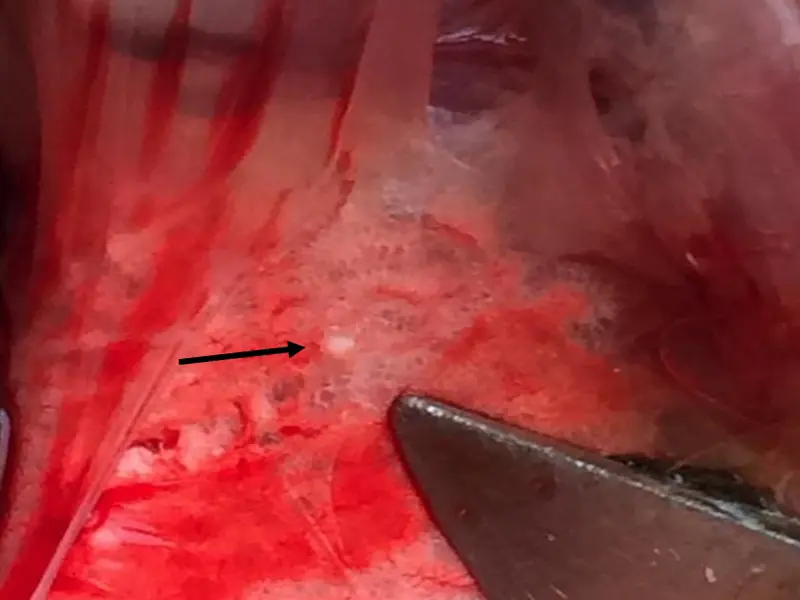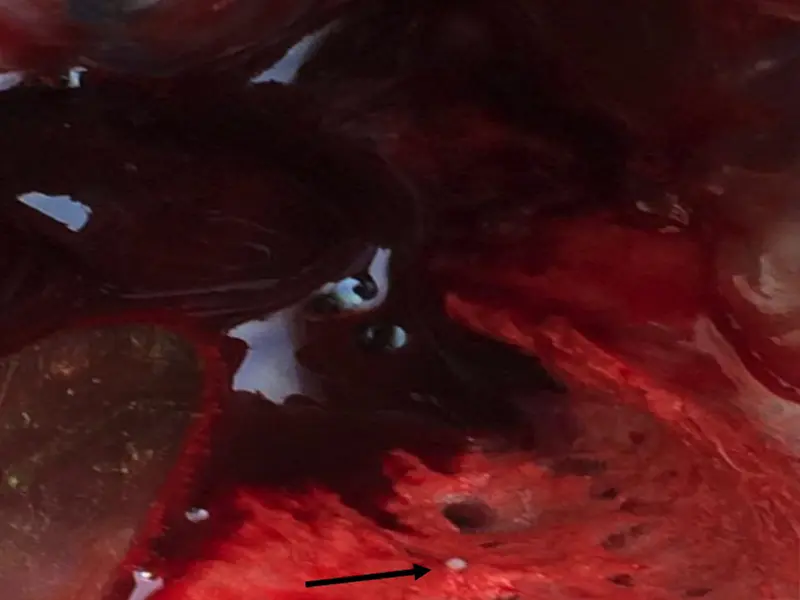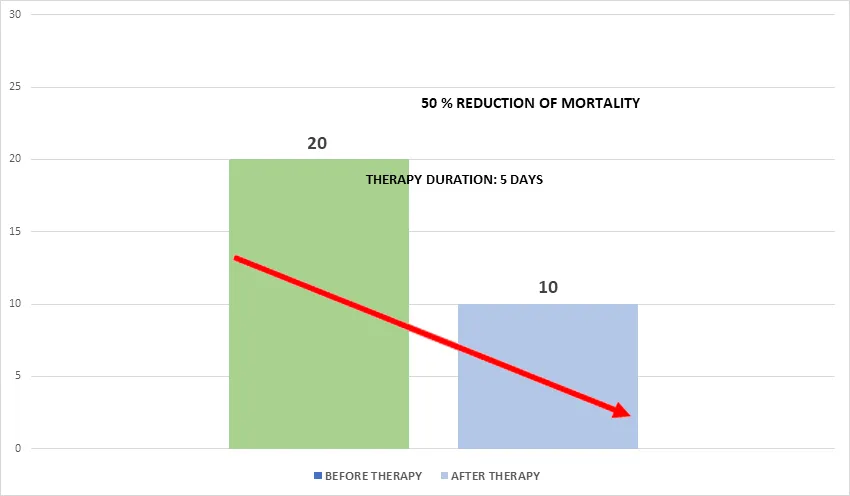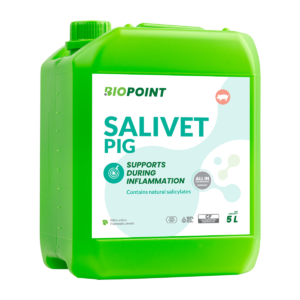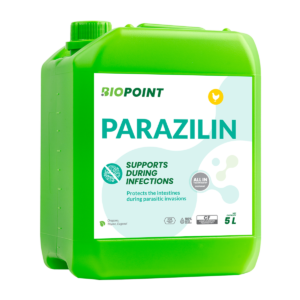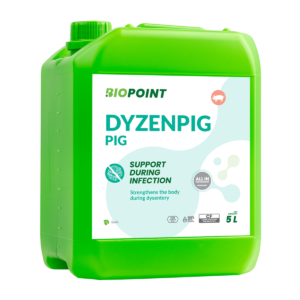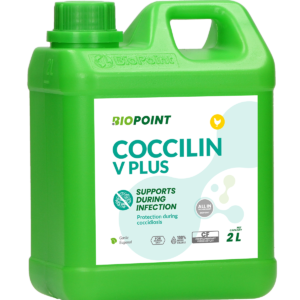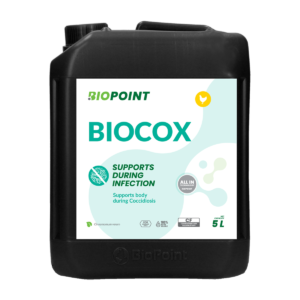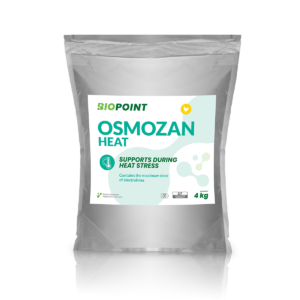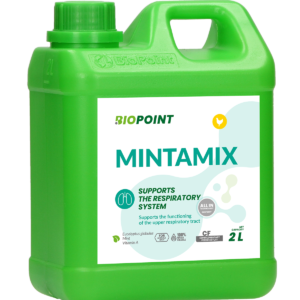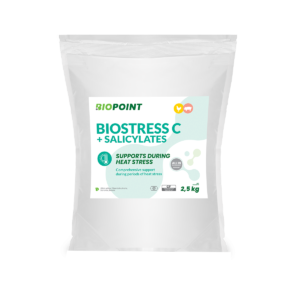I. Herd
Broiler chickens ROSS 308 line, 27 days of bird life
II. Clinical symptoms
On the 27th day of the birds’ life, slight diversification of the flock, apathy and an increase in bird mortality to 300 birds per day were observed. These symptoms occurred suddenly without any previous signs and were not accompanied by any additional characteristic symptoms.
III. Anatomopathological examination
Anatomopathological examination revealed numerous fungal nodules in the lungs (Fig. 1 and 2).
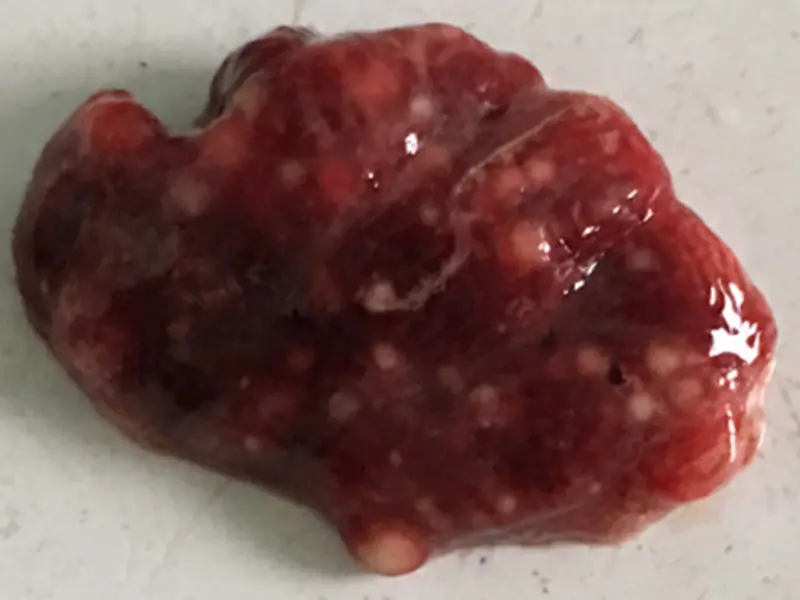
Fig.1 Fungal nodules in the lungs
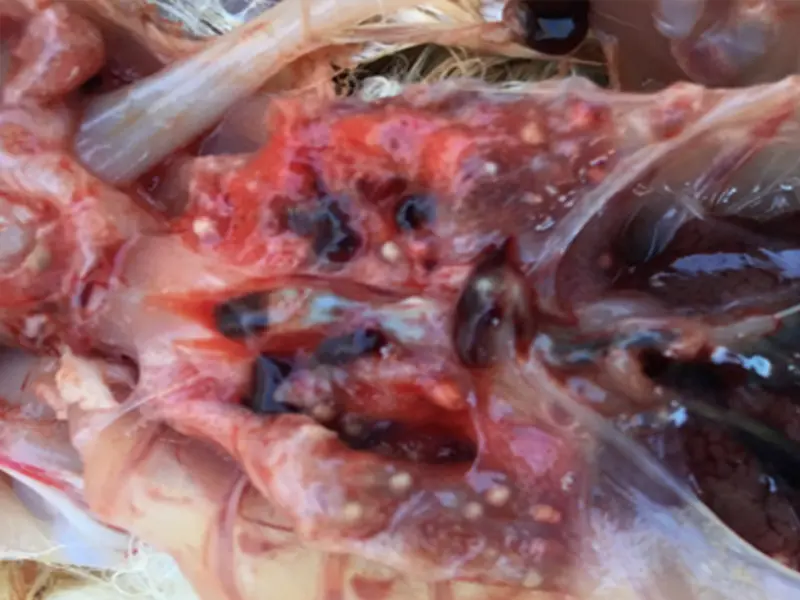
Fig.2 Fungal nodules in the lungs
IV. Diagnosis
Mycosis
V. Recommendations
With drinking water:
Defungal Premix 200 ml/1000 l of drinking water, continuous administration, 5 days
Mintamix 200 ml/1000 l of drinking water, continuous administration, 5 days
In spraying:
Defungal Premix 200 ml/10 l of warm water/2 times a day/5 days
Mintamix 200 ml/10 l of warm water/2 times a day/5 days
VI. Effects
After treatment, a decrease in daily mortality and culling of the flock to 30 birds was observed (Chart 1) and the birds returned to physiological activity. No fungal lesions in the lungs were observed in the postmortem examination of the dead birds. There was no adverse effect of the fungal infection on the herd’s performance; at the end of the production cycle, the herd achieved a satisfactory result (EWW 390). No recurrence of infection was observed until the end of the production cycle.
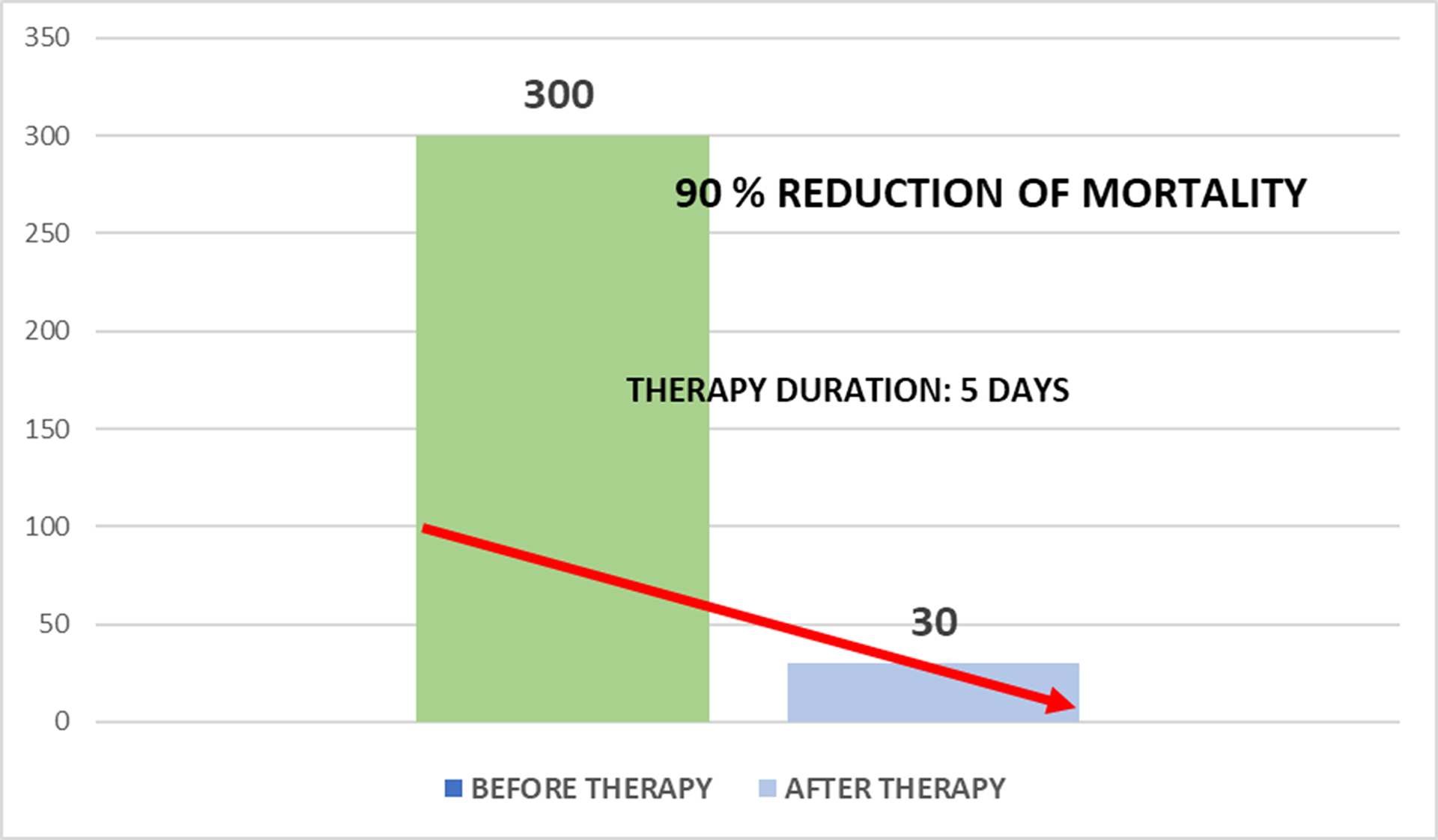
Chart 1. Daily mortality of birds before and after therapy.
